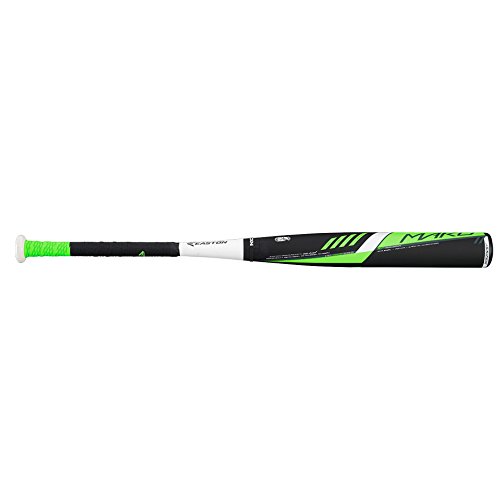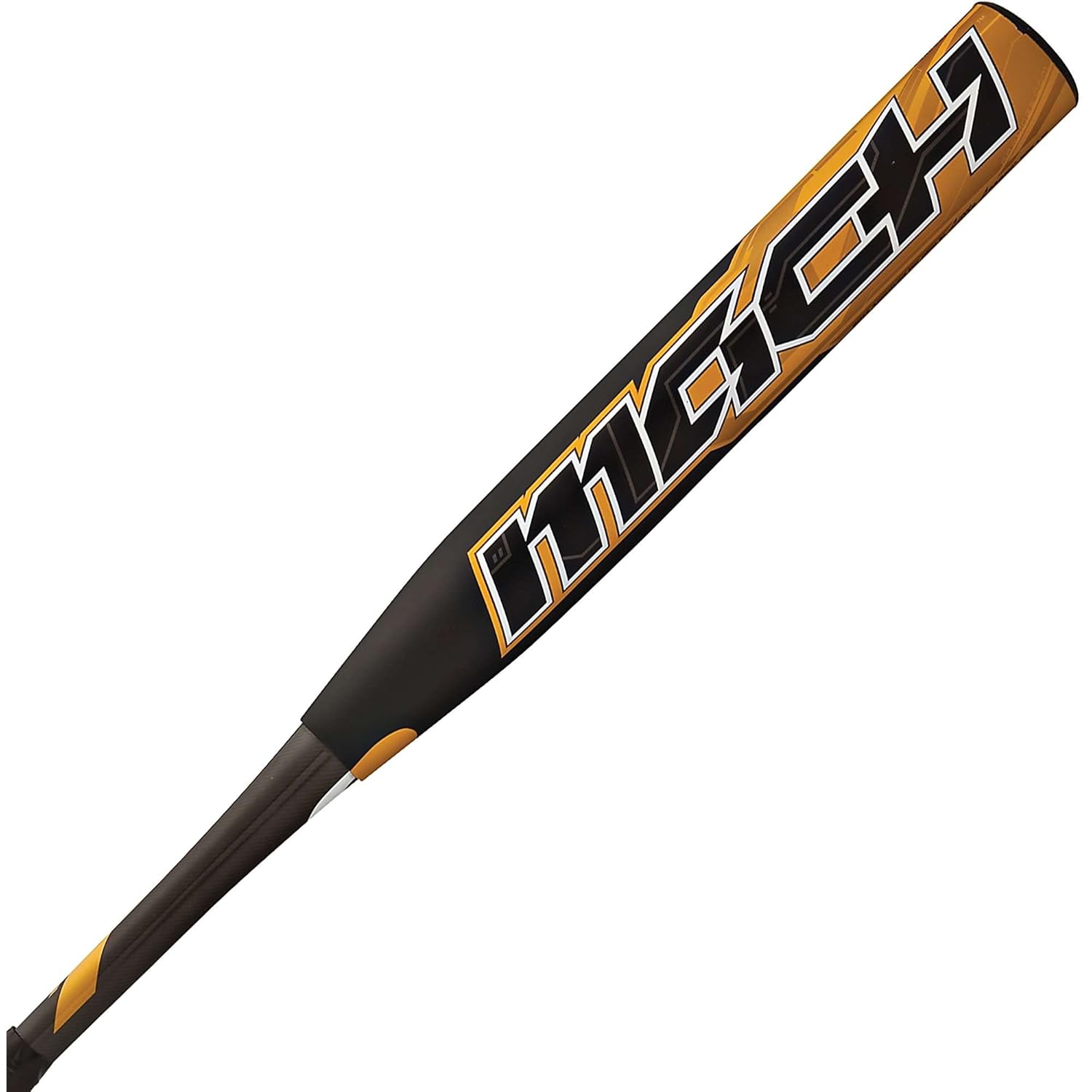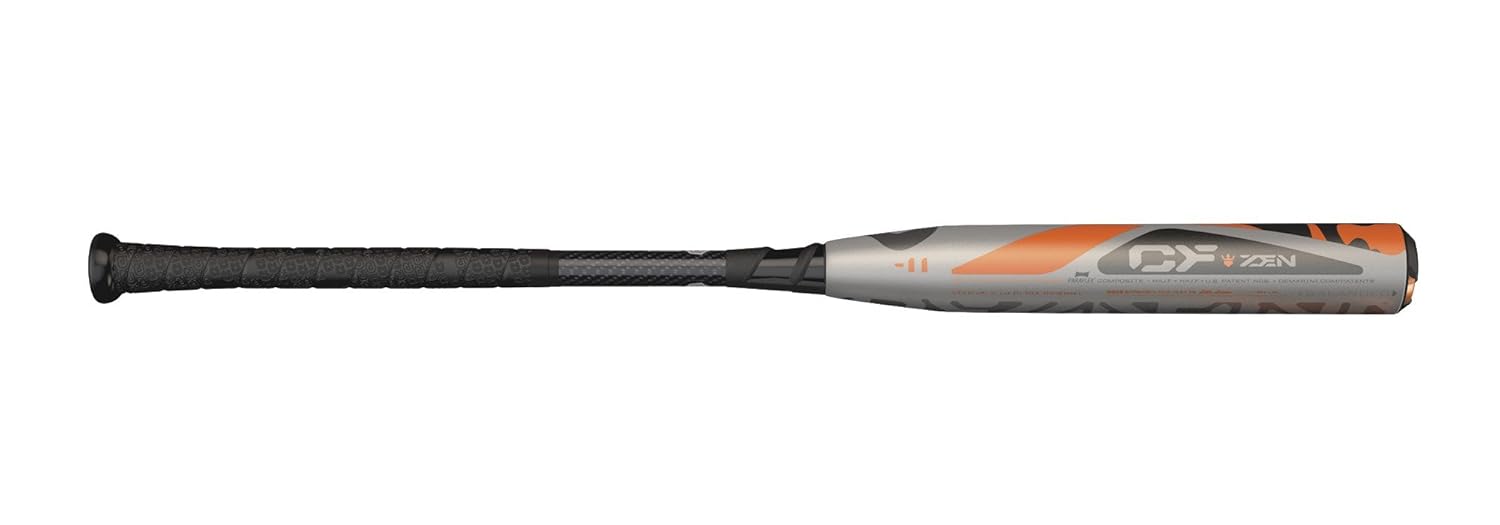Table of Contents
If you are a parent of a youth who plays little league softball, you are already in full spring training mode with summer just around the corner. As you take inventory of your child’s equipment, you must surely consider the benefits of purchasing a new youth composite bat as we enter the new season. As technology improves, bats are stronger, more powerful and always adapting to meet each player’s needs. Accordingly, every few years it is a good idea to check out the newest bats available to see if this is what will push our children to the next level in the game we all love.
*This post may contain affiliate links. As an Amazon Associate we earn from qualifying purchases.
Who Should Use A Youth Composite Bat?
Youth baseball bats are generally for kids who are past tee-ball, as young as 5 or 6. After that, they move to a youth bat which generally has a barrel diameter of 2.25” and feature a length-to-weight ratio anywhere between drop -9 to -13. Note that these are different from big barrel bats, which allow barrel sizes up to 2.75”. Please be sure to check your league association to see what bats are allowed, and which ones are not.
Note that this is the last year these differences will exist between the many different associations. Coming as soon as 2018, youth leagues will begin to allow larger barrel sizes as both Little League and Pony Baseball leagues are moving to the new USA Bat Standard, which aims to govern all youth little leagues under one umbrella. When purchasing a bat this year, please look for this USA Bat Standard stamp if you want to continue to use this bat in future years.
What Are The Main Differences Between A Composite And Aluminum Barrel?

Via: justbatreviews.com
Parents and players can choose between a composite, aluminum, or hybrid (both) barrel. Composite barrels generally have a larger sweetspot but are more susceptible to cracks, webbing, and should not be used in colder weather. They perform well and usually do not require much break-in time and are fairly hot out of the wrapper. Aluminum youth bats, in contrast, may have a smaller sweetspot but are able to be used in colder climates as aluminum alloy is more durable and has less tendency to develop cracks or flat spots. Hybrid bats aim to combine the best of both materials, balancing power with durability.
Product Reviews – Which Is Right For You?
Here are 5 great choices for youth composite bats this year:

Probably the undisputed leader amongst many on the list, the Mako has been a fan favorite for several years now and consistently rates as one of the highest performing bats on this list. It does not carry a low price tag, but you get what you pay for with this bat. The TCT Thermo Composite Technology, now an Easton staple, gives the Mako a huge sweetspot combined with the efficient power transfer from the CXN technology; all in all you have a truly wonderful bat.
Pros
- TCT constructed barrel for generous sweetspot.
- ConneXion technology melds the two pieces into a seamless transfer of energy.
- Available in -11 or -12 drop rating.
Cons
- A bit expensive, not for everyone.
- Weighs in slightly heavier than listed weight.
Overall
What else is there to say about the Mako that has not already been said? It is a terrific option for youth players looking for a hot-out-of-the-wrapper composite bat and those not afraid to spend a bit more.

Combat’s Maxum features a single-wall barrel, which is quite different from many others on this list who have opted for a double-wall design. The result is a lighter swing-weight than other bats on this list, all while maintaining a reasonably sized sweetspot and a longer barrel. The true crown of Combat engineering is the liquid resin injection into seamless carbon sleeves eliminating the need for a connection piece between handle and barrel. This leads to (ideally) better durability and makes the bat less prone to weak spots in the barrel.
Pros
- Drop -12 rating, lightest swing-weight of any prior Combat youth bat.
- Liquid resin injected into the barrel using precision molding technology (PMT).
- One-piece composite construction, no seams or weakness points resulting in longer durability.
- Approved for play in most major little league associations.
Cons
- Not as much pop as some other bats on this list, perhaps due to single wall construction
Overall
A very nice single wall option from Combat, definitely worth a shot if you’re interested in trying out a one-piece bat that should be durable enough to get you through several seasons of constant use.

Rawlings makes the cut with the Mach, a 2-piece composite bat that features the Maximum Carbon Fiber Density (Max CFD) build that Rawlings has begun to incorporate into all post 2014 bats. This technology introduces more carbon fibers into the barrel in an attempt to increase durability, and results so far have been impressive. Rawlings has consistently focused on creating a flexible barrel for users and now have incorporated this into the Mach’s handle as well.
Pros
- Barrel flex technology creates an added trampoline effect – Rawlings claims this results in a 55% greater barrel flex than competitors.
- CFD technology increases durability.
- Flex-tuned handle to increase bat whip and bat speed through the zone.
- Made in the USA.
- Approved for play in all major little league associations.
Cons
- Drop -10 rating may not suit all players, especially those looking for a longer barrel with lighter weight.
Overall
It seems like this bat has been around forever, but it continues to perform well and show up on these lists. A good combination of power and pop with durability – best thing is this doesn’t end up breaking the bank.

Named after a peaceful state of mind, DeMarini brings the 2017 version of the CF “Zen” featuring a -11 drop rating along with the same all composite build that was prominent in past iterations. It swings very balanced, and gives a nice ping sound when contact is made. It comes very hot out of the wrapper and does not require a very long break-in period, which is perfect if you’re looking to take it out onto the field this year. Be prepared to pay quite a bit though, as the CF Zen does not come cheap.
Pros
- Good pop and power straight out of the wrapper.
- Balanced feel from handle all the way through to barrel.
- Lizard skin grip is comfortable to hold and swing.
- Approved for play in most major associations.
Cons
- Some durability concerns, especially if used in cold weather.
- Price may be out of reach for some.
Overall
A very nice offering from DeMarini who are sticking with the CF line that has proven so successful for them over the past several years. The Zen will be familiar to fans who enjoyed the CF7 and CF8, as the look and feel are quite familiar. Overall a great choice if you have a large budget to afford it.

Our last feature is the X12 from Louisville Slugger, a 100% composite construction made from a thinner LS-2X composite material that seeks to reduce vibration on mishits without sacrificing any pop or distance. The two-piece construction has become popular with Louisville Slugger, and it seems they tend to prefer bats that swing balanced as opposed to those with endloads. This suits younger players quite well as they can focus on swing mechanics with balanced bats before moving to a heavier weighted feel.
Pros
- LS-2X technology leads to thinner barrel walls, making the bat feel lighter when swung.
- 2-piece connection aims to reduce vibrations as much as possible.
- Balanced weighting.
- Priced very reasonably, affordable for all budgets.
- Very comfortable grip.
Cons
- Sweetspot can be hard to find at times.
- Not as much pop as the LXT or Xeno.
- Some durability concerns as users have complained about cracking.
Overall
Not everyone can afford to drop $300 on a bat, so this is a good middle ground option for the parent who still wants their child to perform at a high level without spending that much money. Very reasonable bang for your buck here.
Conclusion
Whichever bat you decide to purchase, be sure to do your proper homework and research before committing to a bat. Remember to check your league settings to know what stamps are needed on your bat, especially with the introduction of the USA Bat Standard. Overall if you can afford it, the Mako is a terrific bat that will not disappoint – but frankly, neither will any of the others on this list.
